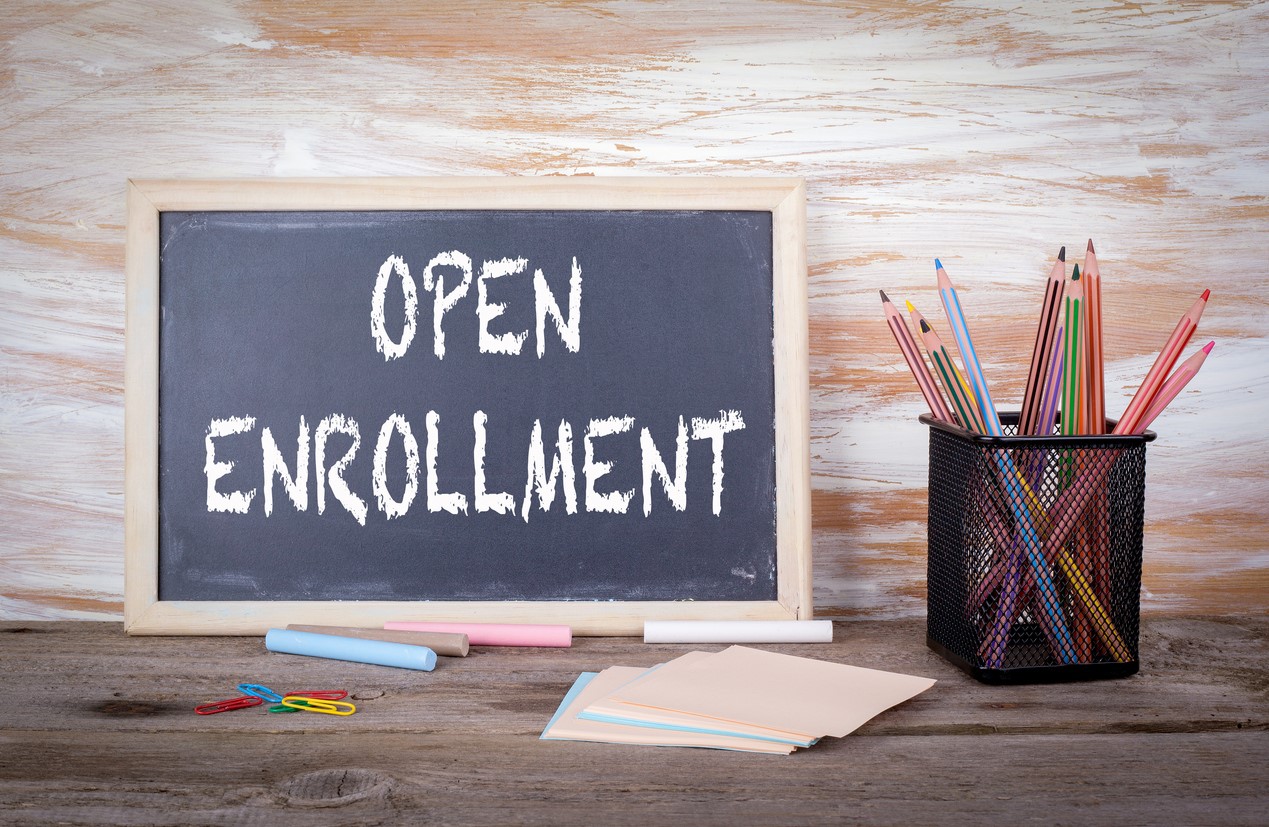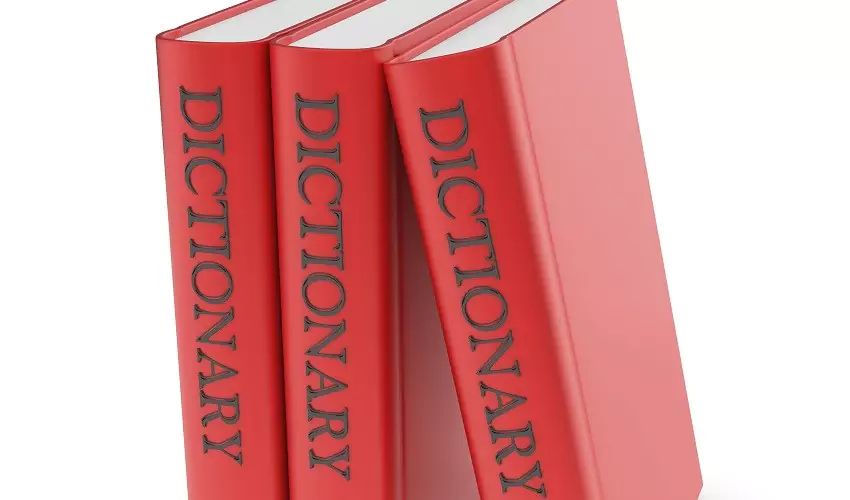Hardship Withdrawals – The IRS Issues Proposed Regulation

This past November, the IRS issued proposed regulations to effectuate changes made for hardship withdrawals in the Bipartisan Budget Act of 2018. Comments were due by Jan. 14, 2019. Although the statutory changes are effective beginning in 2019, the proposed regulations do not require any changes in how hardships are administered until 2020. Plan documents must be amended to reflect changes to the safe harbor rules. Most recordkeepers updated their systems so participants are no longer suspended from making contributions following a hardship distribution, but they have not set a time frame for when plan sponsors can expect to receive the necessary amendments. The deadline for amendments will be the end of the second calendar year beginning after the hardship changes appear on the IRS’ Required Amendments List. The proposed regulations include some changes that go beyond what is required to conform to the statutory changes. While the changes generally make hardship distributions more accessible, the IRS makes it clear that plan sponsors are free to add their own restrictions, such as limiting the sources eligible for hardship distributions.
Current Law
Prior to age 59½, in-service distribution of elective deferrals is limited to certain events including hardship. A distribution qualifies as a hardship only if made on account of an “immediate and heavy financial need.” The amount distributed cannot exceed the amount necessary to satisfy this need. The determination of whether the participant has “an immediate and heavy financial need” must be based on “all relevant facts and circumstances.” A distribution is considered necessary to meet “an immediate and heavy financial need” only if other resources are not available to the participant. Plan sponsors may accept a participant’s representation that he/she has no alternative resources, unless the sponsor has actual knowledge to the contrary. Certain sources are not eligible for hardship distributions - post 1988 earnings, safe harbor contributions, QNECs and QMACs.
Existing Safe Harbor Rules
Although not a legal requirement, the majority of plan sponsors follow the safe harbors. If a plan sponsor follows the safe harbor rules, the IRS will not challenge hardships on audit. These rules are included in virtually all prototype and volume submitter documents. There are two aspects to the safe harbor rules:
- First, six events are deemed to qualify as “an immediate and heavy financial need:” (1) deductible medical expenses; (2) costs associated with purchase of a principal residence: (3) tuition and other expenses associated with post-secondary education; (4) payments to prevent eviction; (5) funeral expenses and (6) deductible expenses associated with repairing damage to a participant’s principal residence if deductible as a casualty loss.
- Second, a distribution is deemed necessary to satisfy the immediate and heavy financial need if the participant has taken all other available plan distributions, including loans, and the participant is suspended from contributing for six months.
What Has Changed
- The six month suspension of contributions is eliminated (optional for 2019).
- The requirement to take a loan first is now optional.
- Except for 403(b) plans, all account sources are now eligible for hardships, but sponsors may elect to limit the sources eligible.
- Earnings remain ineligible for all 403(b) plans, along with QNECs and QMACs in custodial accounts.
- Casualty losses related to home repairs are now deductible only if the taxpayer resides in an area declared to be a federal disaster. The proposed regulation clarifies that a participant is eligible for a hardship distribution for such losses whether or not a federal disaster is declared.
- All expenses related to an event declared by FEMA to be a federal disaster qualify for hardship if the participant resides in or works in the disaster area.
- Expenses incurred by the primary beneficiary that are qualifying medical, education or funeral expenses are eligible for a hardship distribution. Under prior law, this was limited to the participant, spouses and dependents.
- The “all relevant facts and circumstances” evidentiary standard no longer applies. The participant must first take any available distributions under all plans of the sponsor. This includes non-qualified plans. And, beginning in 2020, the participant must represent in writing (or by electronic medium) that he/she has no other available resources to satisfy the need. The sponsor may accept this representation unless it has actual knowledge to the contrary
ACR#308175 02/19



